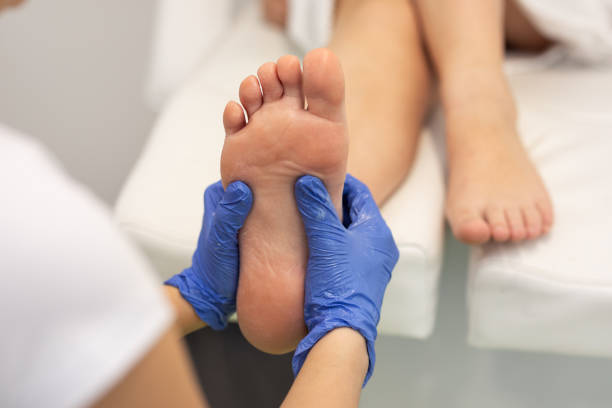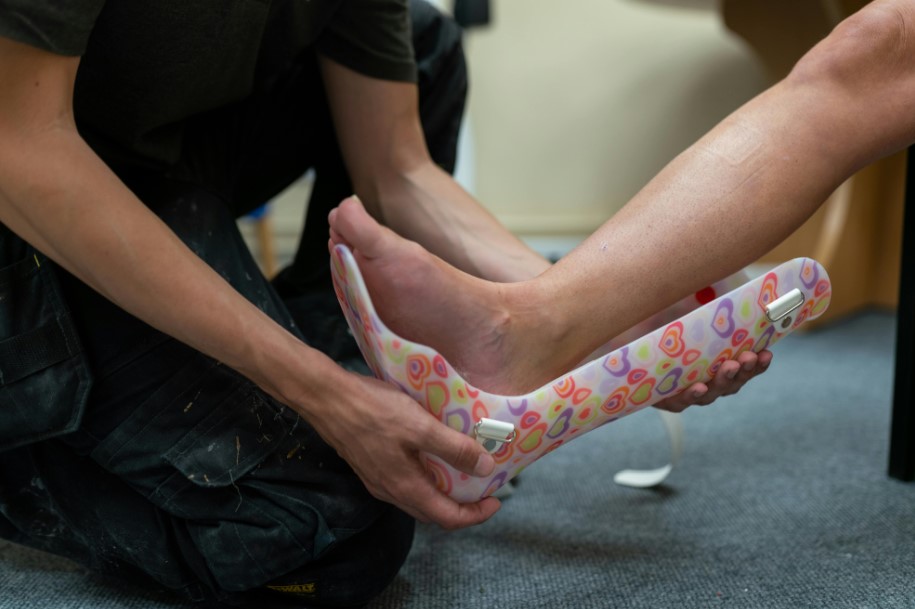
Heel pain, a common complaint among Australians, can significantly hinder one’s quality of life, affecting daily activities and overall well-being. This article delves into the causes of heel pain and unveils effective techniques to alleviate it, ensuring that sufferers can return to their active lifestyles without discomfort.
Heel pain not only disrupts the ability to engage in physical activities but can also lead to compensatory issues affecting knees, hips, and the lower back as individuals alter their gait to avoid discomfort. This ripple effect underscores the importance of addressing heel pain promptly and effectively. By understanding the root causes and exploring comprehensive treatment options, Australians suffering from this ailment can embark on a path to recovery. This journey not only aims to relieve immediate discomfort but also to implement long-term strategies to prevent recurrence, ensuring that individuals can enjoy a life free from the constraints of heel pain.
Understanding Heel Pain
Heel pain often stems from various conditions, including plantar fasciitis, Achilles tendinitis, and heel spurs. Plantar fasciitis is the inflammation of the plantar fascia, a thick band of tissue that runs across the bottom of your foot and connects your heel bone to your toes. Achilles tendinitis involves inflammation of the Achilles tendon, which connects the calf muscles to the heel bone. Heel spurs are bony growths on the underside of the heel bone. It’s crucial to accurately diagnose the cause of heel pain, as it dictates the most effective treatment approach.
Comprehensive Assessment: The First Step
A thorough assessment by a podiatrist is essential to identify the specific cause of heel pain. This may include a physical examination, a review of the patient’s history, and possibly imaging tests such as X-rays or MRIs. Understanding the underlying issue allows for a targeted treatment plan.

Effective Techniques for Heel Pain Relief
1. Custom Orthotics
Custom orthotics are tailor-made devices inserted into shoes to support, align, or improve the function of the foot. They can redistribute pressure, correct biomechanical issues, and cushion the heel, providing relief from pain.
2. Stretching Exercises
Stretching exercises specifically designed to relieve heel pain can be remarkably effective. For plantar fasciitis, stretches that target the Achilles tendon and plantar fascia can reduce pain and improve foot function. A podiatrist can provide a regimen suited to your condition.
3. Proper Footwear
Wearing the right shoes is vital in managing heel pain. Shoes should provide adequate support, a snug fit at the heel, and enough room for the toes. For some conditions, shoes with a slightly raised heel reduce stress on the Achilles tendon and can offer immediate relief.
4. Physical Therapy
Physical therapy encompasses a range of treatments including manual therapy, ultrasound, and exercises to strengthen the foot and ankle muscles. It can improve flexibility and reduce inflammation, thereby alleviating pain.
5. Shock Wave Therapy
For persistent heel pain, Extracorporeal Shock Wave Therapy (ESWT) is a non-invasive option. It involves delivering shock waves to the affected area to stimulate healing. Research indicates it can be effective, especially for plantar fasciitis and Achilles tendinitis.
6. Anti-inflammatory Medications
Nonsteroidal anti-inflammatory drugs (NSAIDs) can reduce pain and swelling. They are often used in conjunction with other treatments for short-term relief. However, it’s important to use these medications as directed by a healthcare professional to avoid potential side effects.
7. Rest and Ice
Simple yet effective, rest allows the inflamed tissue to heal, while applying ice reduces swelling and numbs the area, providing temporary pain relief.
When to Seek Professional Help
If heel pain persists despite initial home treatment, it’s advisable to consult a podiatrist who has a proven record of treating severe heel pain just like the experts at Toowoomba Heel Pain Clinic. Severe pain, swelling, or symptoms that do not improve with rest should be evaluated promptly.
Additionally, if the heel pain is accompanied by signs of infection such as fever, redness, or warmth around the affected area, or if the pain becomes sharp and unbearable during activities, an immediate professional evaluation is necessary. Ignoring these symptoms can lead to more severe conditions that may require more aggressive treatments or even surgery. A podiatrist can offer a comprehensive assessment and tailor a treatment plan to not only address the symptoms but also target the underlying causes, ensuring a holistic approach to recovery. Remember, early detection and treatment can significantly improve the outcome and speed up your return to daily activities without heel pain.
Conclusion
Heel pain, while common, is not a condition you have to live with. Through a combination of proper diagnosis, customised treatment plans, and lifestyle adjustments, most individuals can find significant relief. By embracing the effective techniques outlined above, you can step confidently towards a pain-free life. Remember, early intervention is key to preventing chronic issues, so don’t hesitate to seek professional advice if you’re struggling with heel pain.








